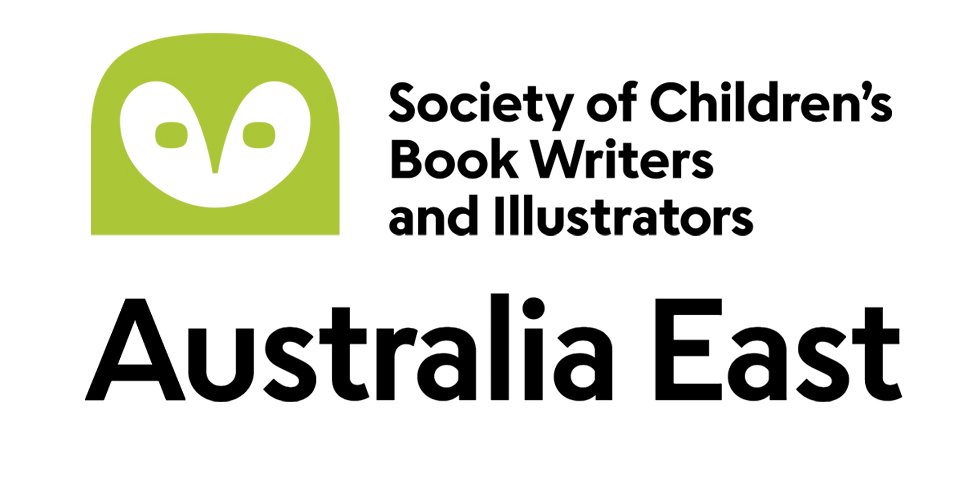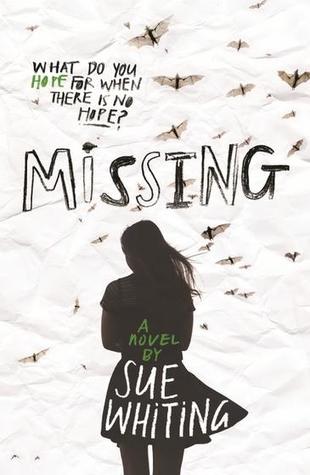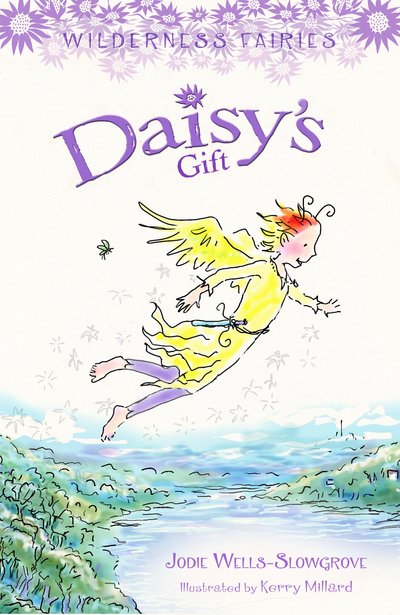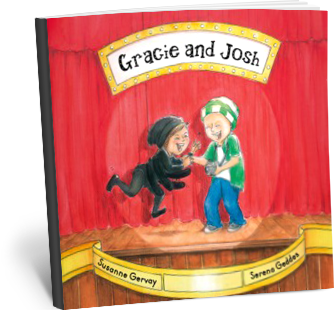Announcing the inaugural Emerging Writers’ Fellowship, presented by the Emerging Writers’ Festival and State Library Victoria.
As an emerging writer, three of the most valuable things to aid in the development and creation of work are space, time and money.
In 2018, the Emerging Writers’ Festival is thrilled to partner with State Library Victoria to present the inaugural Emerging Writers’ Fellowship.
This fellowship will see an emerging writer spend a month working on a project in a dedicated space in the State Library, immersing themselves in the library’s collection as well as learning, developing and networking at the Emerging Writers’ Festival.
The fellow will receive a $2000 grant, flights to and from their home town, a golden ticket to EWF and home-stay accommodation for the duration of their time in Melbourne. They will attend the Emerging Writers’ Festival from 19-29 June, then spend the month of July working from the State Library.
Please read the submission guidelines before applying. People from regional Victoria and interstate are strongly encouraged to apply.
The Emerging Writers’ Fellowship is proudly presented by EWF and State Library Victoria. The fellowship has been made possible with the financial support of Justine Hyde, Craig Semple, Cara Sputore, Kirsten Freeman, Michael Ullmer and Maree Daffy. The home-stay accommodation has been generously donated by Virginia Lovett and Rose Hiscock.
Deadline May 14, 2018.
Read lots more and find out how to apply here.













